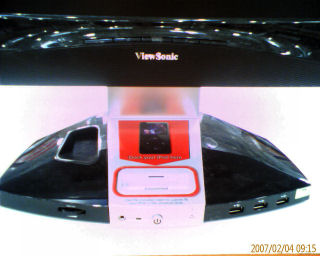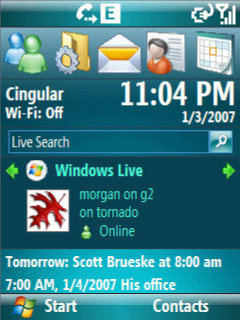Along with introducing Windows Mobile 6, Microsoft is once again changing the device naming scheme. The new device type names along with what we call them now are:
- Standard Edition == Smartphone
- Classic Edition == Pocket PC
- Professional Edition == Pocket PC Phone Edition
To make things even more interesting, the Standard Edition (Smartphone) includes a read-only (no editing) version of Office Mobile. Does all this really help differentiate the different Windows Mobile device types for the non-techie consumer (i.e., the vast majority of people buying these things)? I think not. My guess is that a common scene that will play out again and again are executives asking IT why they were given the obviously inferior Standard Edition instead of Professional Edition based solely on the naming scheme. This doesn’t help anyone and, in fact, may confuse even more people. Microsoft should have just renamed the phone-less Pocket PC to Pocket PC Standard Edition and left the other two names alone.

 I saw the
I saw the  The wraps are off of Windows Mobile 6 (WM6). Other sites will give it much fuller coverage than I will. So, I won’t focus on new features. If you want to read about that and see more screenshots, take a look at some of the items on the
The wraps are off of Windows Mobile 6 (WM6). Other sites will give it much fuller coverage than I will. So, I won’t focus on new features. If you want to read about that and see more screenshots, take a look at some of the items on the